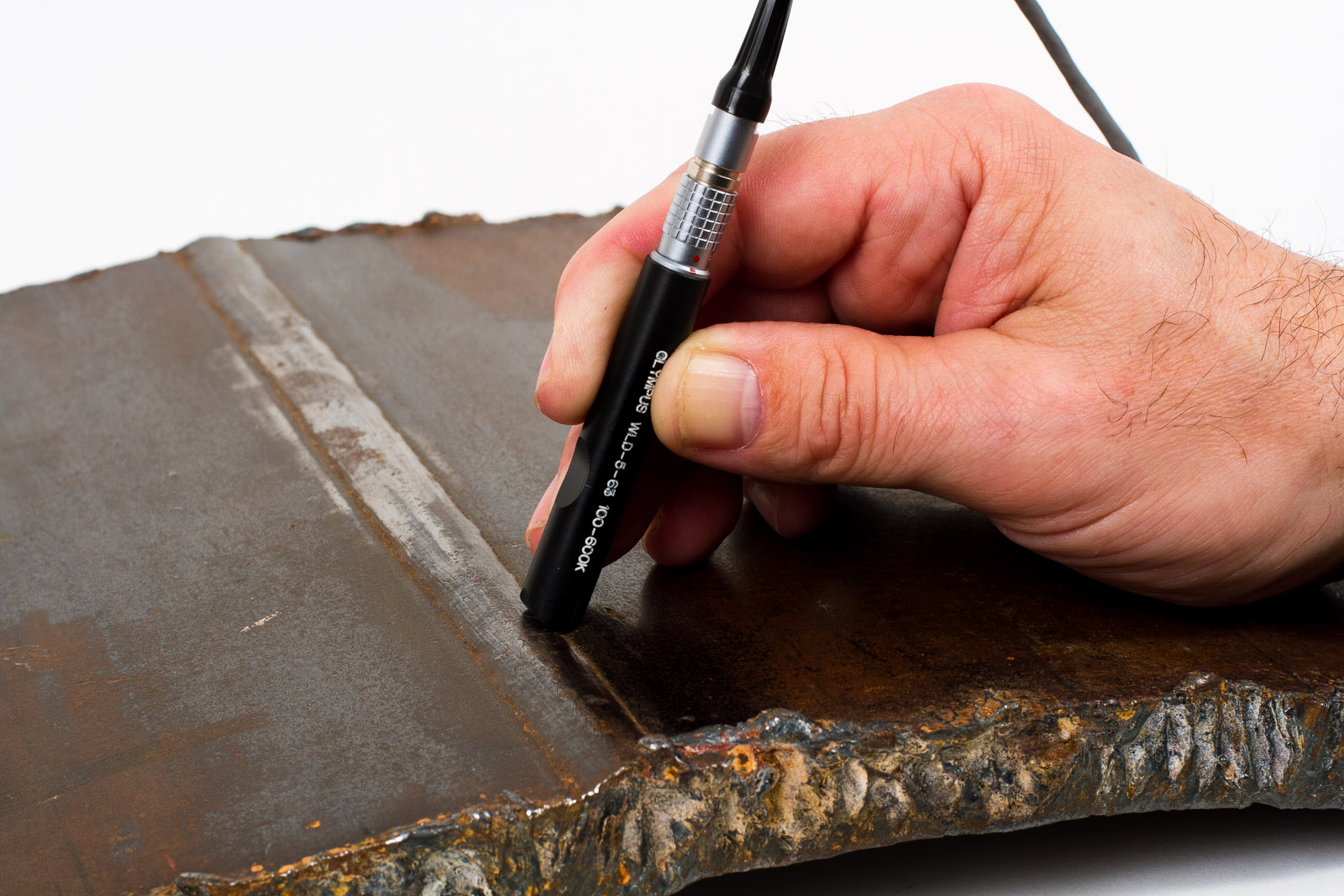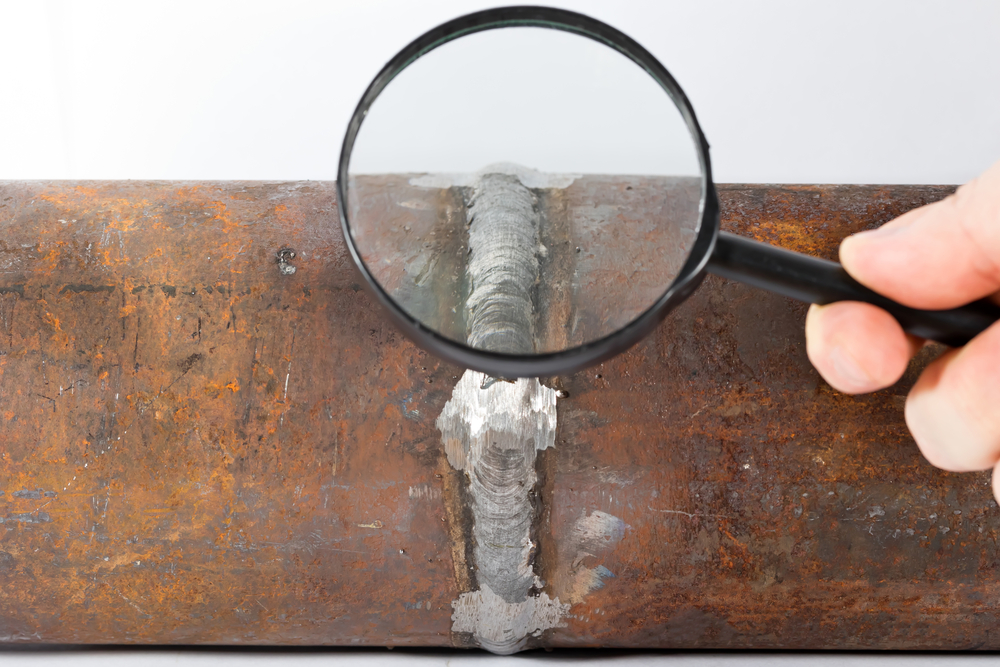A Comprehensive Overview to Welding Examination: Recognizing Standards, Techniques, and Finest Practices for Quality Control
Welding inspection plays a critical duty in ensuring the architectural honesty and safety of welded elements, necessitating a comprehensive understanding of market standards such as those established by AWS and ASME. As we discover these important components, it becomes obvious that the ramifications of welding evaluation prolong much beyond conformity, welcoming a more detailed evaluation of exactly how these procedures form sector criteria and practices.
Importance of Welding Examination
Welding examination plays an important role in making certain the stability and safety and security of welded structures. It is an important procedure that verifies that welds adapt predefined specifications, which is important in different markets, consisting of building and construction, automotive, and aerospace. By conducting complete examinations, potential defects such as cracks, incomplete fusion, and porosity can be identified early, avoiding disastrous failures that might cause mishaps or expensive repair services.
The value of welding examination expands past simple compliance with laws; it also promotes depend on with stakeholders. Clients and regulative bodies expect assurance that the frameworks they count on are constructed to stand up to functional stress and anxieties. Effective welding examination methods contribute to long-term longevity and efficiency of the structures, eventually leading to reduced upkeep expenses.
Additionally, welding examination promotes a culture of top quality within organizations, urging adherence to finest methods and continuous renovation. By integrating inspection procedures into the welding process, companies can boost their track record and establish themselves as leaders in top quality guarantee. Finally, the value of welding evaluation hinges on its capability to guard lives, guarantee architectural reliability, and promote sector criteria, making it an important aspect of welding operations.
Trick Sector Standards
Making certain conformity with vital industry criteria is vital for preserving the top quality and safety of welded frameworks. Various organizations develop these requirements to advertise best methods in welding and examination - Welding Inspection Gilbert Arizona. Among the most acknowledged are the American Welding Culture (AWS) and the American Society of Mechanical Engineers (ASME), which offer thorough standards and requirements for welding processes and evaluation requirements
AWS criteria, such as AWS D1.1 for architectural welding, overview demands for materials, style, and screening to guarantee the stability of welds. In a similar way, ASME codes, consisting of ASME Area IX, govern the qualification of welders and welding procedures, guaranteeing constant high quality in commercial applications. Worldwide, the ISO 3834 standard emphasizes quality demands for combination welding, offering a framework for organizations to demonstrate compliance with international ideal techniques.
Conformity with these requirements not just boosts the integrity of bonded structures but also mitigates risks linked with architectural failings. In addition, adherence to market criteria is often a prerequisite for governing authorizations and can substantially influence project requirements. Inevitably, understanding and applying these crucial criteria are crucial for efficient welding evaluation and top quality guarantee.
Evaluation Techniques Review
Reliable welding evaluation counts on a range of strategies created to evaluate the top quality and stability of welds. These strategies can be extensively classified into non-destructive and harmful screening (NDT) techniques. Non-destructive screening techniques, which are extensively chosen in the sector, permit the examination of welds without compromising the stability of the product.

Among one of the most frequently used NDT methods are aesthetic examination, ultrasonic testing, radiographic testing, and magnetic fragment screening. Visual evaluation is commonly the first action in the evaluation process, allowing assessors to recognize surface imperfections and examine weld grain accounts. Ultrasonic screening utilizes high-frequency audio waves to discover inner problems and determine the density of welds. Radiographic testing involves making use of X-ray or gamma-ray imaging to expose interior defects, while magnetic particle testing is efficient for identifying surface area and near-surface suspensions in ferromagnetic materials.
Each method has its own advantages and constraints, making it necessary for assessors to pick one of the most proper technique based on the specific needs of the job, the materials involved, and the urgency of the welds being evaluated. This mindful choice maintains and ensures thorough evaluations safety and top quality requirements in welding procedures.
Usual Defects and Their Implications
A comprehensive understanding of common flaws in welds is important for maintaining structural integrity and safety and security in welded constructions. Welding issues can substantially compromise the mechanical properties of the joint, bring about failures that can threaten both workers and equipment.
Typical flaws include porosity, which manifests as tiny gas pockets trapped in the weld steel, compromising the total framework. Splitting is another common issue, commonly resulting from fast air conditioning or improper joint layout, leading to stress focus that can lead to tragic failings. Insufficient blend takes place when the weld steel fails to correctly bond with the base product, producing powerlessness that might cause separation under tons.
Various other Continue remarkable issues include undercutting, where the weld grain wears down the base steel, and slag incorporations, which can hinder the weld's strength. Each of these flaws has details ramifications; for instance, porosity can decrease ductility, while breaking directly affects tensile strength. Determining and comprehending these problems throughout examination is crucial for making sure and implementing restorative procedures conformity with sector requirements, eventually protecting the structural honesty of welded settings up.
Finest Practices for Quality Control
Implementing ideal methods for quality control in welding processes is important for attaining optimum results and decreasing problems. One critical method is the establishment of clear welding treatments that abide by sector requirements and requirements. These procedures should include in-depth instructions concerning material selection, joint preparation, and welding techniques to ensure consistency and high quality.
Regular training and accreditation of welding workers are additionally important. Experienced welders who comprehend the significance of quality control are a lot more most likely to generate audio welds. Additionally, executing a robust evaluation program, consisting of both non-destructive and try this visual testing (NDT), can aid identify defects early at the same time, permitting prompt rehabilitative actions.

Finally, fostering a culture of top quality within the company motivates staff members to prioritize high quality in their job. By adhering to these best methods, companies can improve the honesty of their welding procedures, inevitably causing boosted item top quality and lowered costs related to rework and repairs.

Verdict
To conclude, welding inspection plays an essential function in ensuring the integrity and security of welded structures. Adherence to crucial sector requirements, such as those established by AWS and ASME, is necessary for efficient quality guarantee. Using different examination techniques enables the recognition of common issues, thereby alleviating prospective threats. By carrying out finest techniques, companies can enhance reliability, decrease maintenance prices, and cultivate trust fund among clients, inevitably adding to effective welding operations - Welding Inspection Gilbert Arizona.
Additionally, welding inspection advertises a society of quality within companies, encouraging adherence to ideal techniques and continual improvement. In verdict, the significance of welding get more examination exists in its ability to secure lives, make certain structural integrity, and maintain sector criteria, making it an indispensable aspect of welding procedures.
Amongst the most acknowledged are the American Welding Society (AWS) and the American Culture of Mechanical Engineers (ASME), which give comprehensive standards and requirements for welding processes and inspection standards.
Eventually, understanding and applying these essential requirements are essential for reliable welding inspection and top quality guarantee.
Efficient welding examination counts on a variety of strategies created to assess the high quality and integrity of welds.